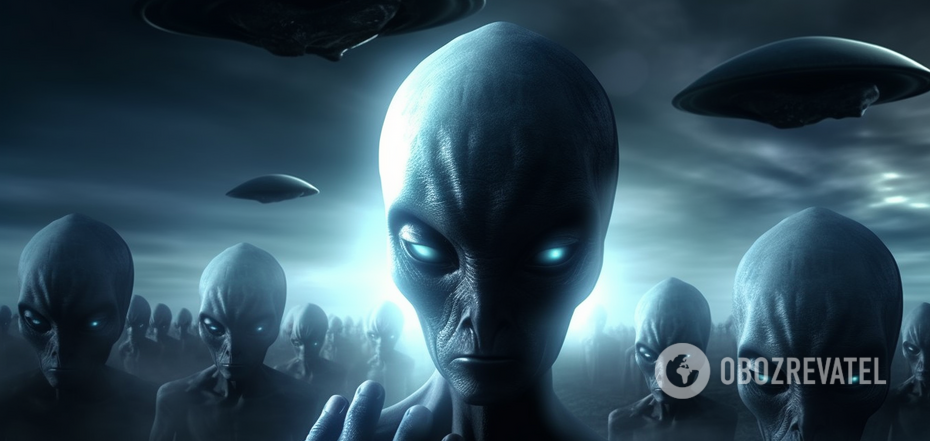Life
Scientists have discovered the perfect clue that could expose the existence of aliens: what to look for
Identifying star systems in which a technologically advanced life form exists may be much easier than previously thought. Scientists suggest looking for anomalous systems with more than two planets in a so-called horseshoe orbit.
This is according to a study published in the journal Monthly Notices of the Royal Astronomical Society. The researchers believe that the planetary anomaly would be more real than the appearance of the Dyson Sphere (read more about it here), a megastructure around the star.
Previously it was thought that the appearance of such a Sphere could indicate the existence of a highly evolved alien race, but scientists believe that they have found a more interesting and simpler option.
They suggest that instead of building an object that collects the energy of the star, the aliens can move the number of planets they need at the required distance to the luminary and get the same result.
What is a horseshoe orbit
Saturn is circled by the satellites Janus and Epimetheus, which once every four years perform an amazing dance. As scientists explain, both satellites are technically in the same orbit around the planet, but one moves almost 50 km closer to the planet and has a higher speed.
If Janus moves closer to the planet in its inner orbit, then after about 4 years it catches up with Epimetheus and there is an interesting interaction between them.
The closer the satellites are to each other, the stronger the gravitational interaction between them. When they finally meet, Janus slows down Epimetheus, causing him to "fall" into an inner orbit, and Epimetheus in turn accelerates Janus, pushing him into an outer orbit.
Four years later, everything repeats and the satellites swap places again.
According to scientists, to an outside observer it looks as if the closer of the satellites turns around and moves in the opposite direction, supposedly traveling in an orbit resembling the letter U, or horseshoe.
Scientists were very interested in such an orbit, so they ran simulations to determine how many objects could be in such an orbit. As it turned out, without interference, no more than two could.
"A horseshoe-shaped system of two planets can form in nature. It happens from time to time in our simulations of planet formation," Bordeaux University astronomer Sean Raymond told Inverse.
But astronomers have never found systems with more than two planets in horseshoe orbits, either in simulations or in real life. With this in mind, the researchers suggested that if astronomers ever see more than two planets in a horseshoe orbit, they are seeing the creation of another civilization and such a star system should immediately become a target for the search for life outside of the solar system.
"Any horseshoe system is either unnatural or a strikingly cold result of planet formation. Either way, it's extremely interesting," Raymond said.
In their simulations, the scientists placed 24 planets in horseshoe orbits around a star and found that they could even coexist for billions of years.
OBOZREVATEL also previously told that trapped "interstellar invaders" may be circling the Earth.
Subscribe to OBOZREVATEL channels on Telegram and Viber to keep up with the latest news.



























